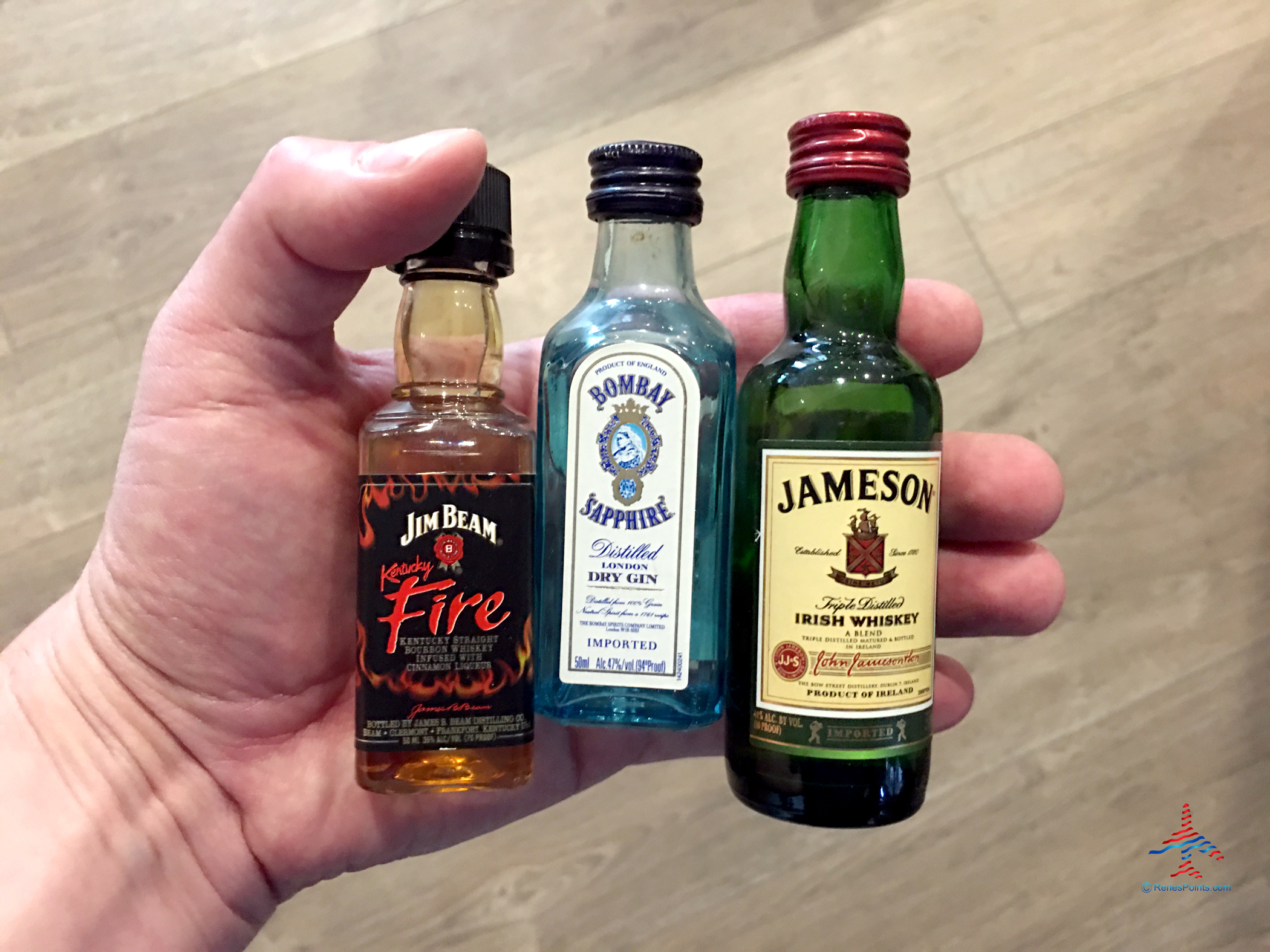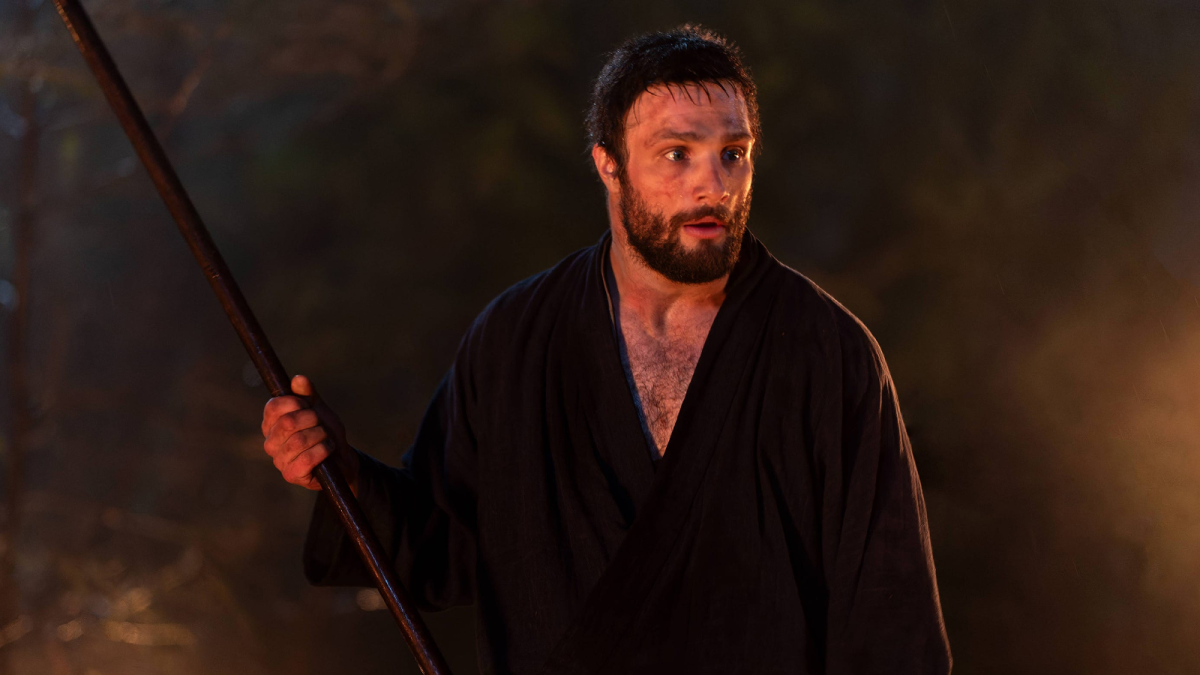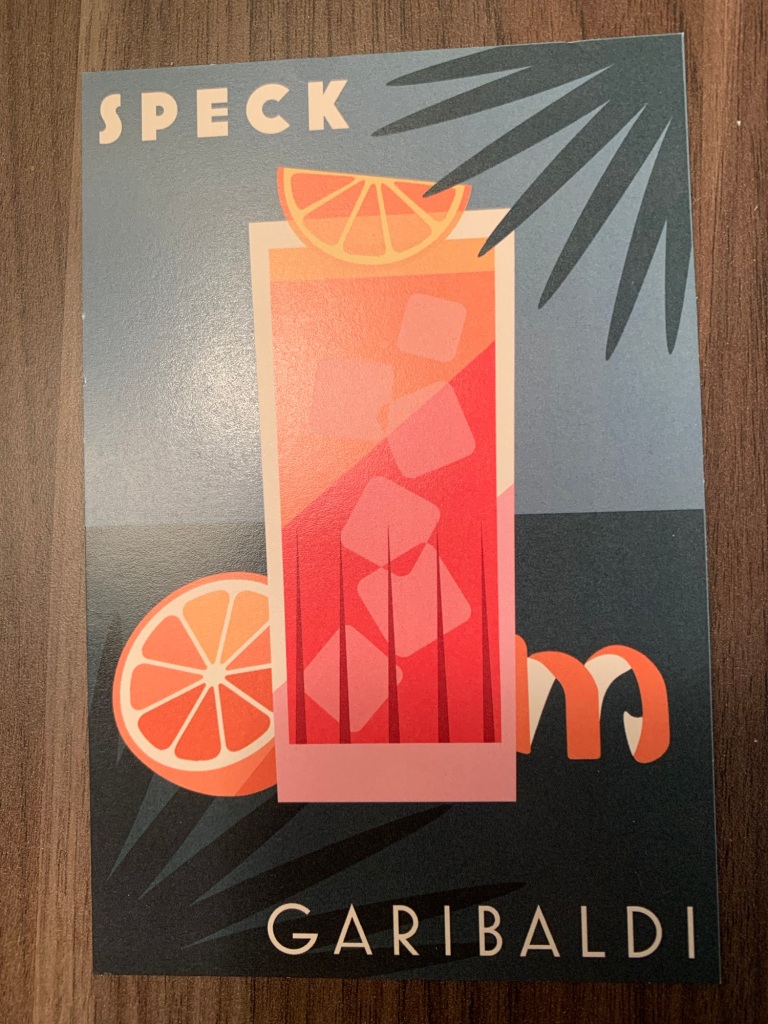
Last night we walked over to German Village to check out Cento, the new Cameron Mitchell restaurant on Third Street. It was a bit bittersweet, because Cento occupies the location of what used to be G. Michael’s, one of our favorite restaurants. Regrettably, G. Michael’s decided to close up shop several years ago–but there is no point in pining over restaurants gone by, is there?–so we decided to give Cento a try.
The first thing you notice when you arrive at Cento is that the physical layout has changed. A new entranceway has been created that takes you past an outdoor patio eating area directly to the host stand, rather than the old entrance through the bar area. The outdoor dining area has been spiffed up and expanded, too, with the installation of a fireplace, walls, and lighting. We sat outside on a pretty spring evening, and it made for a very nice setting.
Cento promises classic Italian fare with a twist, and it delivers. I started my meal with the octopus antipasto, shown above, with olives and pistachios. It was served in a unique way, with the strips of octopus molded together. The octopus was delectable, and the olives and pistachios were a nice complement from a flavor and textural standpoint. I followed that up with rigatoni alla vodka, which I asked to be served with a meatball. It also was quite good, with a very rich, creamy sauce. I recommend getting it with the meatball.
An important consideration when you are promising classic Italian–with or without a twist–is a strong wine list. Cento hit the target there, too, with a very nice selection of Italian wines. I favor Sicilian reds and was happy to see a number of selections from that sun-kissed island off the toe of the Italian boot. We enjoyed an excellent Etna Rosso with our meal.
We capped off the evening with a Sambuca, served in the traditional manner with three roasted coffee beans, and panna cotta for dessert, shown below. It also was served in an interesting way, and it also was delicious. We chatted with our dining companions, sipped our drinks, and enjoyed the glow of a fine meal in a pretty outdoor venue. Our service–provided, incidentally, by a G. Michael’s veteran–was top notch, too.
We’ll always be dedicated fans of G. Michael’s, but I’m glad to see that its space has been repurposed and is being used for a new restaurant that offers interesting choices and adds a bit more luster to the Columbus restaurant scene.












